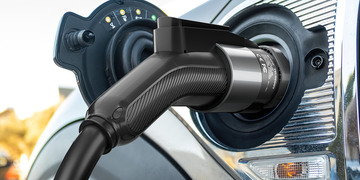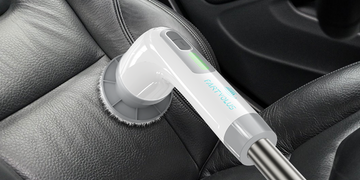Electric vehicle (EV) battery degradation is a natural process that occurs over time, impacting the battery's capacity and overall performance. Several factors contribute to this phenomenon, and understanding them is crucial for optimizing the lifespan of EV batteries. Here are the key factors affecting EV battery degradation:
Cycling (Charge and Discharge):
Every time an EV battery goes through a charging and discharging cycle, a small amount of capacity is lost. The number of cycles a battery can endure before significant degradation varies between different battery chemistries.
State of Charge (SOC):
Operating the battery consistently at high or low states of charge can accelerate degradation. Extreme high or low SOC values, where the battery is frequently charged to its maximum or depleted to its minimum, can impact the battery's chemical stability and lead to capacity loss.
Temperature Exposure:
Temperature has a profound impact on battery health. High temperatures accelerate chemical reactions within the battery, leading to faster degradation. Conversely, extremely low temperatures can reduce the efficiency of the battery. Keeping the battery within an optimal temperature range is crucial for minimizing degradation.
Fast Charging:
While fast charging is convenient, it can generate more heat within the battery, which accelerates degradation. Using fast-charging regularly may lead to a higher rate of capacity loss compared to slower charging methods.
Battery Chemistry:
Different EV manufacturers use various battery chemistries, such as lithium-ion phosphate (LFP), nickel-cobalt-manganese (NCM), and nickel-cobalt-aluminum (NCA). Each chemistry has its own set of characteristics and degradation patterns. Advancements in battery technology aim to improve overall longevity and performance.
Overcharging and Overdischarging:
Charging a battery beyond its maximum voltage or discharging it below its minimum voltage can cause damage and accelerate degradation. Battery management systems (BMS) in EVs are designed to prevent extreme overcharging or overdischarging, but long-term exposure to such conditions can still impact the battery.
Age and Time:
Regardless of usage, batteries degrade over time. The chemical reactions that occur within the battery cells naturally lead to a gradual loss of capacity. The rate of degradation may vary based on the factors mentioned above, as well as the specific design and manufacturing quality of the battery.
Manufacturing Variability:
Variability in the manufacturing process can lead to differences in the performance and degradation rates of individual batteries. Quality control measures and advancements in manufacturing technologies aim to reduce such variability.
Understanding and managing these factors can help you maximize your EV battery's life and maintain optimal performance throughout the vehicle's life. Regular maintenance, proper charging practices, and avoiding extreme conditions can all prolong the health and efficiency of an EV battery.





